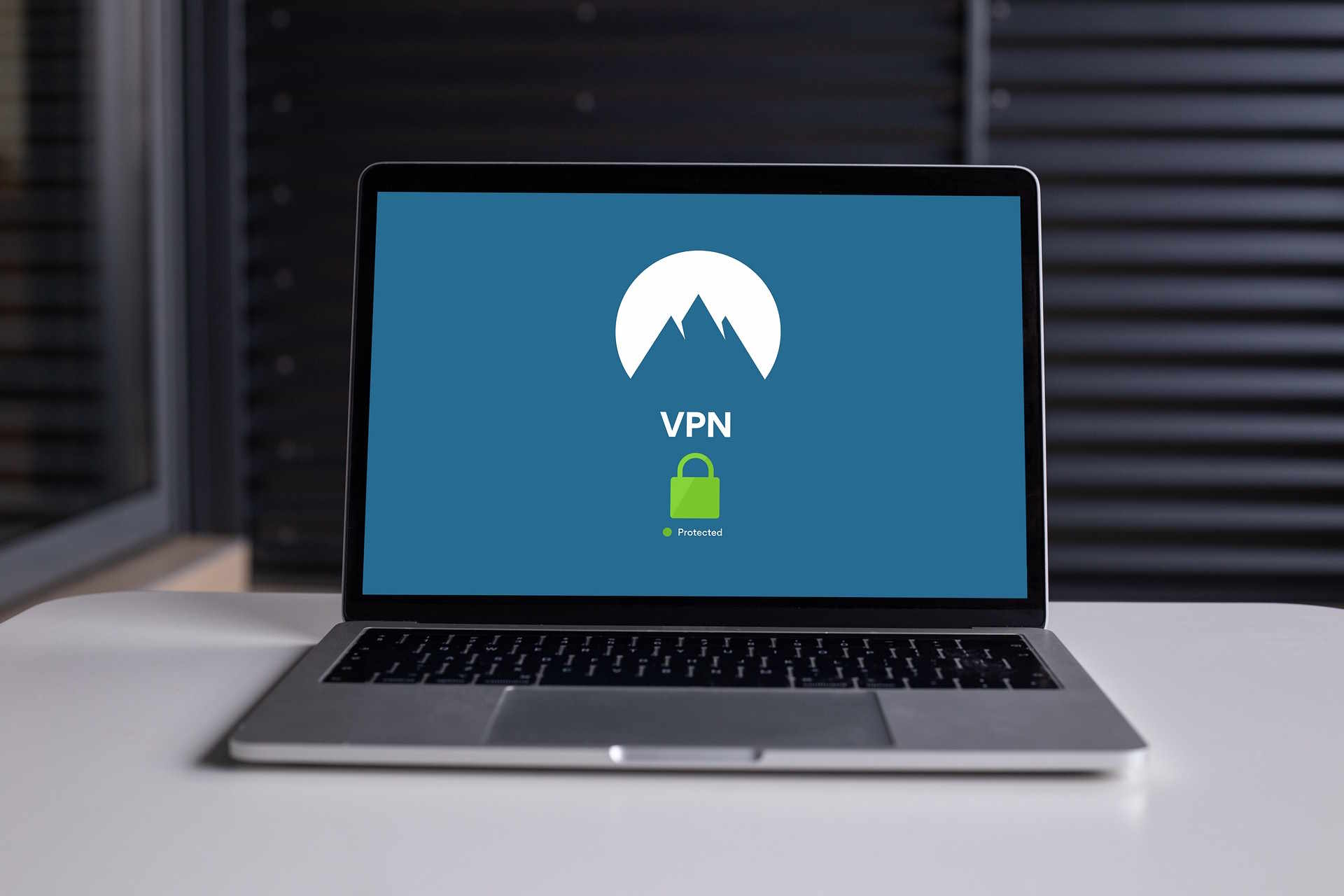The Essential Guide to Cybersecurity: Protecting Your Digital Life
In today's interconnected world, cybersecurity has become a critical concern for individuals, businesses, and organizations alike. As cyber threats continue to evolve and become more sophisticated, understanding the fundamentals of cybersecurity and implementing robust protection measures is essential. This comprehensive guide explores the key aspects of cybersecurity and provides practical strategies to safeguard your digital assets.

Essential Cybersecurity Best Practices
Implementing strong cybersecurity practices is crucial for protecting your digital presence. Start by using strong, unique passwords for all accounts and enabling two-factor authentication whenever possible. Regularly update your software and operating systems to patch security vulnerabilities. Back up important data regularly and store it securely. Be cautious when clicking on links or downloading attachments, especially from unknown sources. Encrypt sensitive information and use secure networks for online transactions.
Network Security Fundamentals
Securing your network is a fundamental aspect of cybersecurity. Install and maintain a reliable firewall to monitor and control incoming and outgoing network traffic. Use a virtual private network (VPN) when accessing the internet on public networks to encrypt your connection. Regularly audit your network for unauthorized devices and suspicious activities. Segment your network to isolate sensitive systems and limit the potential spread of security breaches.
Creating a Comprehensive Security Strategy
A well-planned security strategy is essential for maintaining long-term digital safety. Conduct regular security assessments to identify vulnerabilities in your systems. Develop incident response plans to address security breaches effectively. Train users about security awareness and best practices. Implement access controls and regularly review user privileges. Document security policies and procedures to ensure consistent implementation across your organization.
Mobile Device Security
With the increasing use of mobile devices for sensitive tasks, mobile security has become crucial. Enable device encryption and remote wiping capabilities. Install security software specifically designed for mobile platforms. Be selective about app installations and permissions. Regularly update mobile operating systems and applications. Use secure lock screens and avoid connecting to unsecured public Wi-Fi networks.
Cybersecurity Solution Comparison
| Security Solution | Key Features | Estimated Annual Cost |
|---|---|---|
| Norton 360 | Antivirus, VPN, Password Manager, Cloud Backup | $50-100 |
| Bitdefender Total Security | Advanced Threat Defense, Multi-Layer Ransomware Protection | $40-90 |
| McAfee Total Protection | Identity Protection, Web Protection, File Encryption | $45-110 |
| Kaspersky Internet Security | Real-time Protection, Safe Banking, Privacy Protection | $40-80 |
Prices, rates, or cost estimates mentioned in this article are based on the latest available information but may change over time. Independent research is advised before making financial decisions.
Building a Security-Conscious Culture
Creating a security-aware environment is crucial for maintaining robust cybersecurity. Regular training sessions help users understand current threats and appropriate responses. Encourage reporting of suspicious activities and maintain open communication channels for security concerns. Implement clear security policies and ensure compliance through regular audits. Recognize and reward security-conscious behavior to reinforce positive practices.
Maintaining strong cybersecurity requires constant vigilance and adaptation to evolving threats. By implementing these comprehensive security measures and staying informed about emerging threats, you can significantly reduce your risk of cyber attacks and protect your valuable digital assets.





